Your camping tool kit needs these 10 items
Your camping tool kit helps you take care of last-minute repairs, trims and adjustments when things don’t go to plan
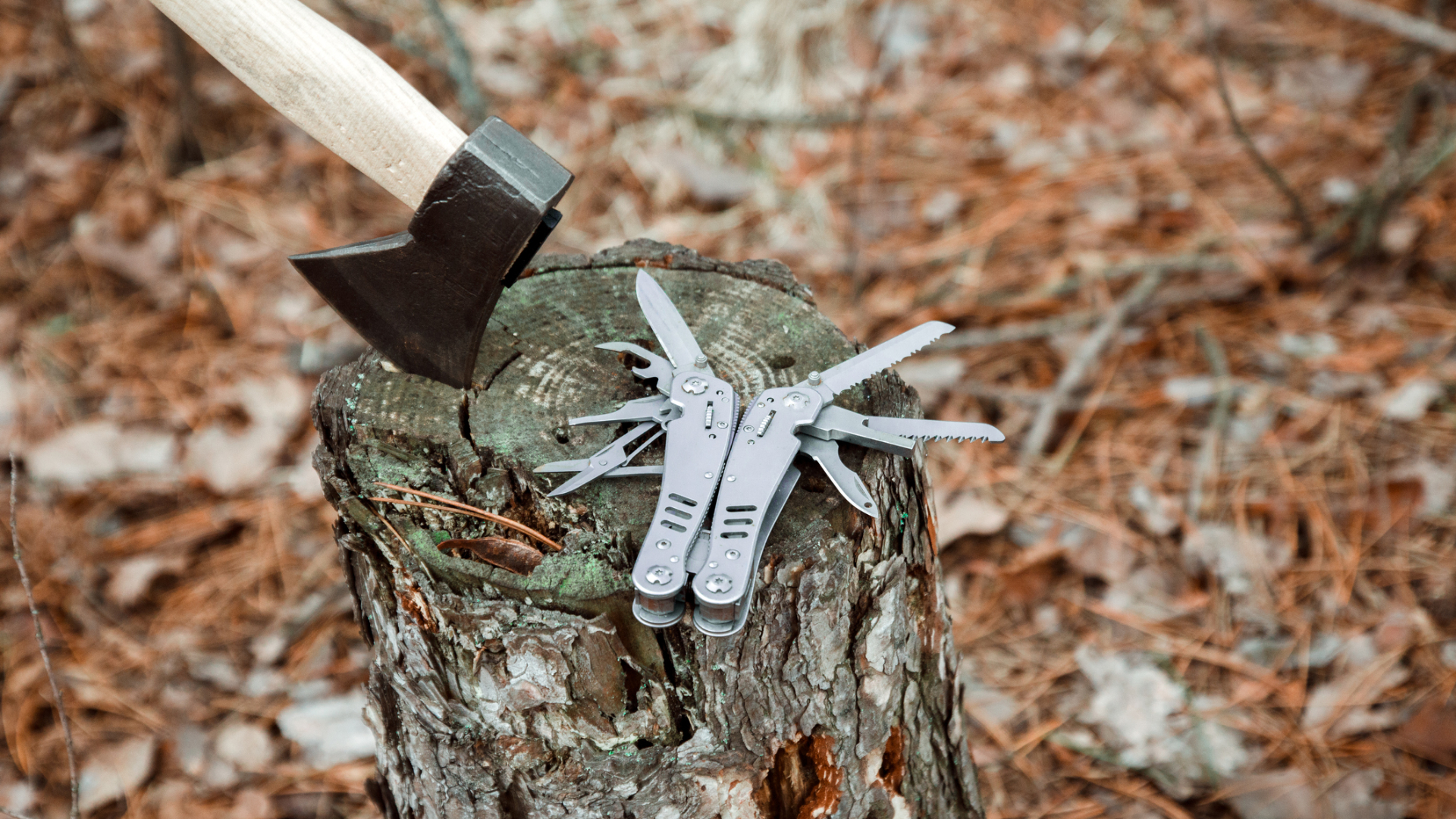
No matter how prepared you are, there’s a lot that can go wrong when you’re packing camping gear into tight backpacks or back seats, traveling long distances and constantly setting up and breaking down camp. Poles can bend and break, small parts can go missing and inflatable sleeping pads can suddenly decide not to inflate. But so long as you have these 10 items in your camping tool kit, you’ll be able to keep a cool head under any unforeseen circumstances.
1. Camping multi-tool
Lots of lists out there will tell you to pack a screwdriver, scissors and pliers so that you can adjust, trim and extract various things at camp, but to make life easier on yourself, it’s definitely worth investing in one of the best multi-tools which will have all of the above features, plus maybe even a bottle opener so you can relax over a glass of wine after all that DIY.
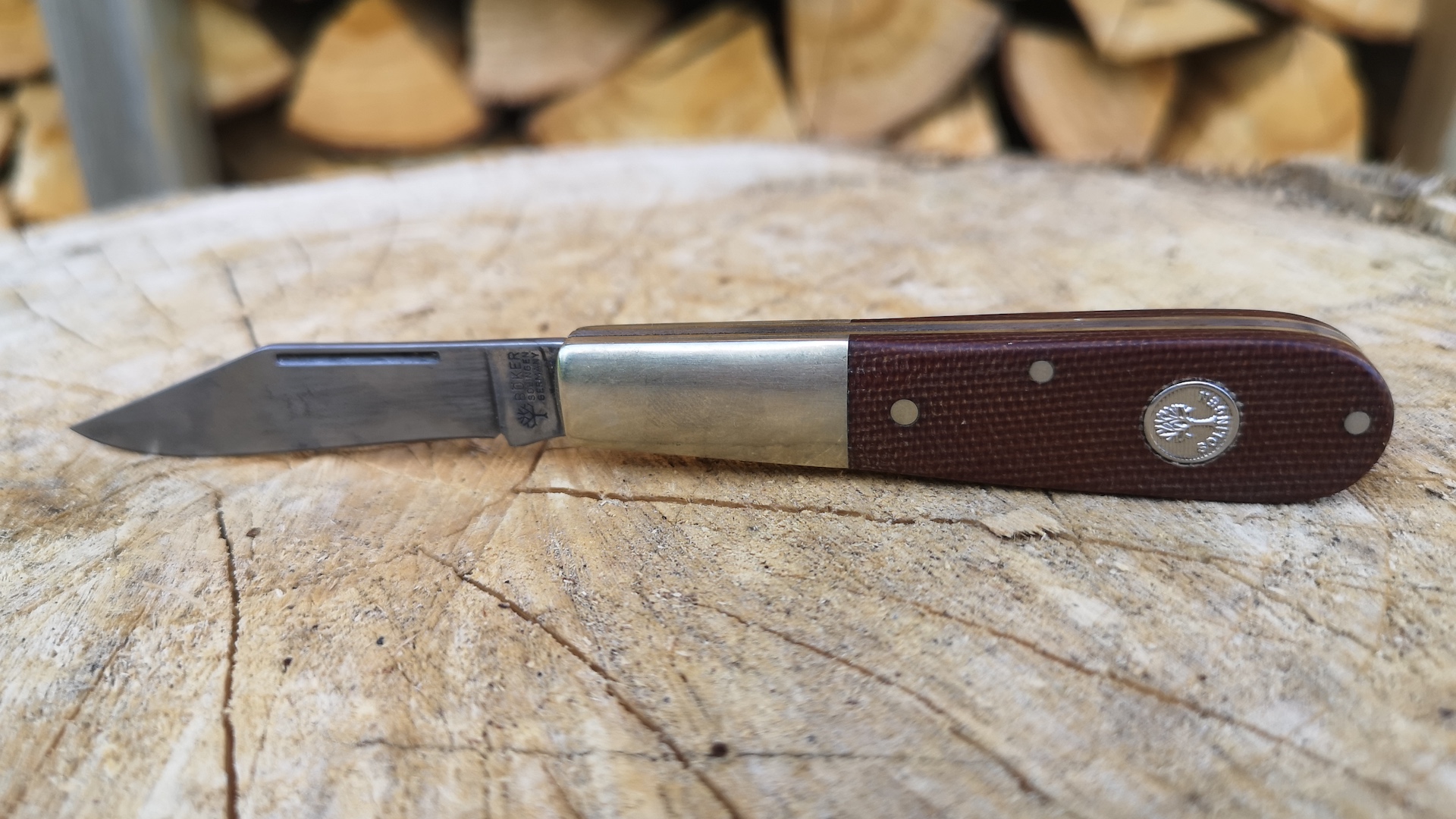
2. Camping knife
Even though your multi-tool will have a knife blade, it’s a good idea to also bring a proper camping knife with you. The best camping knives will have a better quality blade than your multi-tool which means that in addition to small repairs, you can use them for chopping food around the camping stove, cleaning fish, trimming back overgrowth and whittling wood.
3. Duct tape
Few of us that spend a lot of time outdoors would ever consider leaving the house with a roll of duct tape, the jack of all trades of camping repairs. Torn tent? Broken tent pole? Forgot your blister pads? Duct tape to the rescue! You don’t have to heft a whole roll either, just wrap some around a pencil if you’re backpacking or short on space. This adhesive tape can provide a sturdy, temporary fix for almost everything except a broken heart.
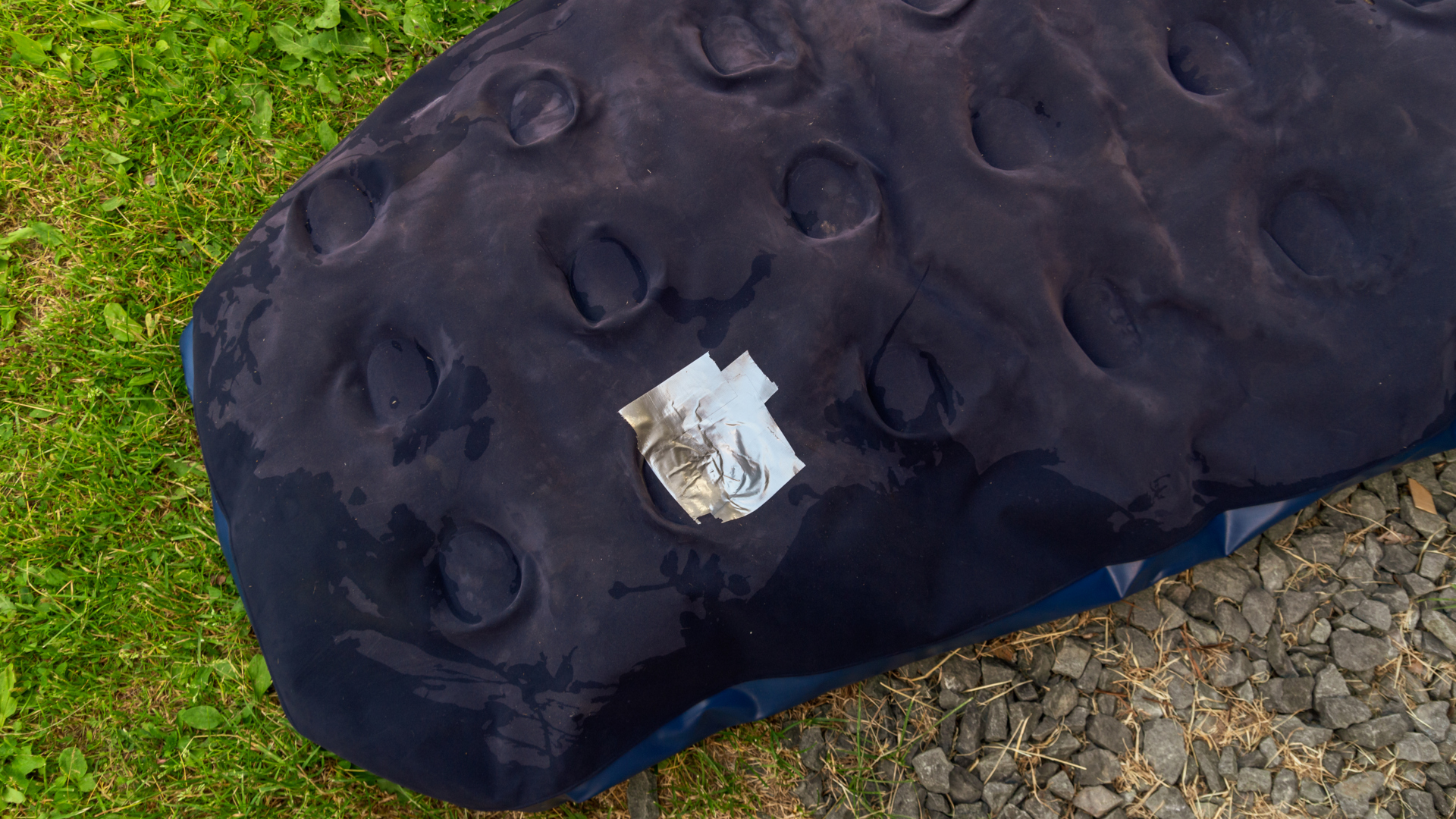
4. Adhesive gear patches
Duct tape does a pretty good job of fixing most holes till you get home, but if you’re going to be in the woods for a while, it’s helpful to have a couple of gear patches in case your sleeping bag or sleeping pad springs a leak. You can cut the gear patch using the scissors on your multi-tool and perform surgery then and there. Make sure to study up on how to repair a sleeping bag and sleeping pad repair guide before you set off.
5. Alcohol swabs
These should be in your camping first aid kit, and they’re great for quickly sterilizing needles and knives and for cleaning gear like your sleeping pad or down jacket before you whack a gear patch on to help it stick better.
6. Camping hatchet
You could bring a mallet to help you pound those tent pegs in while your camping partner gets the sausages on, but a camping hatchet is an even more versatile piece of kit because you can also chop kindling with the other end. If you really plan to chop a lot of firewood or clear bush, you should also bring a camping axe since a hatchet has less chopping power, and consider a camping saw to work on larger branches, too.
All the latest inspiration, tips and guides to help you plan your next Advnture!
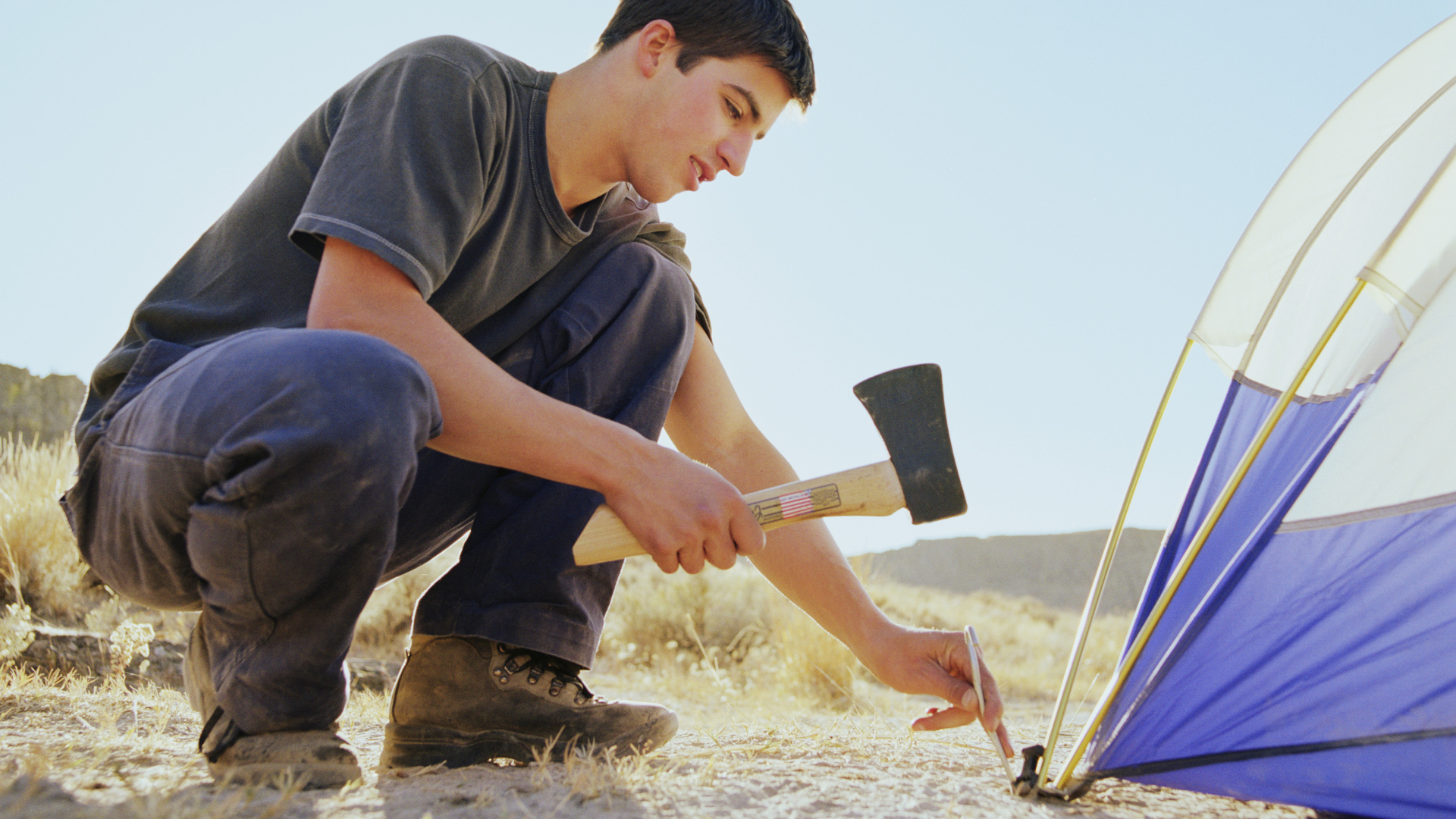
7. Guy lines
If you have a newer tent, it will most likely come with guy lines attached to the rain fly – those rope cords that usually have plastic sliders tied to them and help you create better waterproofing, stability and ventilation in your tent. However, lots of savvy campers bring an extra one or two because in addition to their use with a tent, these skinny ropes can be great for securing your tarp or hanging laundry if you’re washing your clothes.
8. Tent pegs
Tent pegs are a bit like the socks of camping gear – you never seem to come back with the same number that you set off with. Carry an extra set of tent pegs so you don’t have to go without when you realize you left one at the last campsite or you’ve bent a couple. Staking out your tent the right way is key to stability.
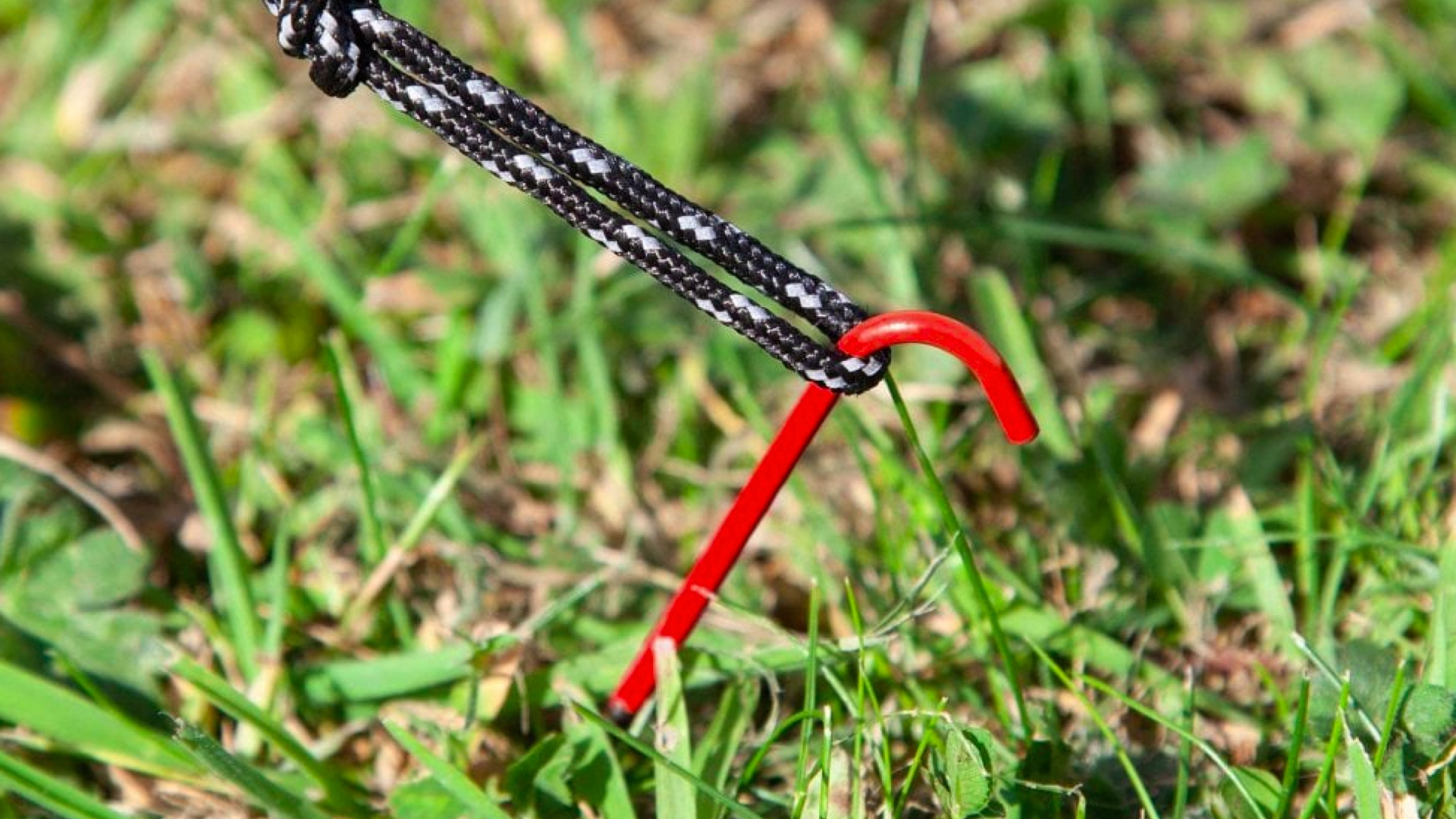
9. Zip ties
A few zip ties take up almost no room and they can be super handy if you suffer a broken zipper on your jacket, sleeping bag or backpack.
10. Needle and thread
When it comes to your clothing, there are some repairs that duct tape can’t perform, like sewing the button back onto your hiking pants or fixing a hole in your hiking sock. Just slide one needle into a spool of thread and you can take care of mini repairs in the field.
- Best one-person tents: lightweight shelters for solo adventures
Julia Clarke is a staff writer for Advnture.com and the author of the book Restorative Yoga for Beginners. She loves to explore mountains on foot, bike, skis and belay and then recover on the the yoga mat. Julia graduated with a degree in journalism in 2004 and spent eight years working as a radio presenter in Kansas City, Vermont, Boston and New York City before discovering the joys of the Rocky Mountains. She then detoured west to Colorado and enjoyed 11 years teaching yoga in Vail before returning to her hometown of Glasgow, Scotland in 2020 to focus on family and writing.

